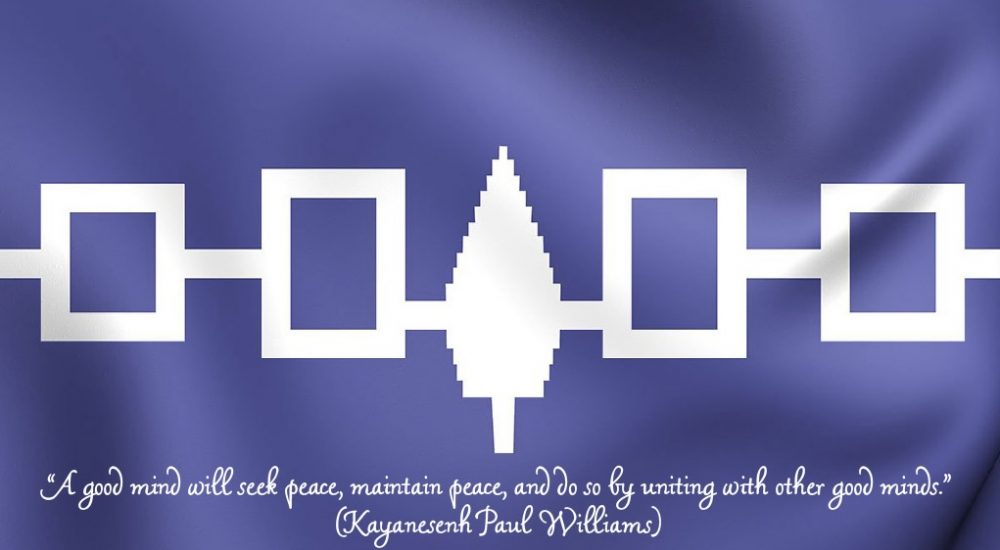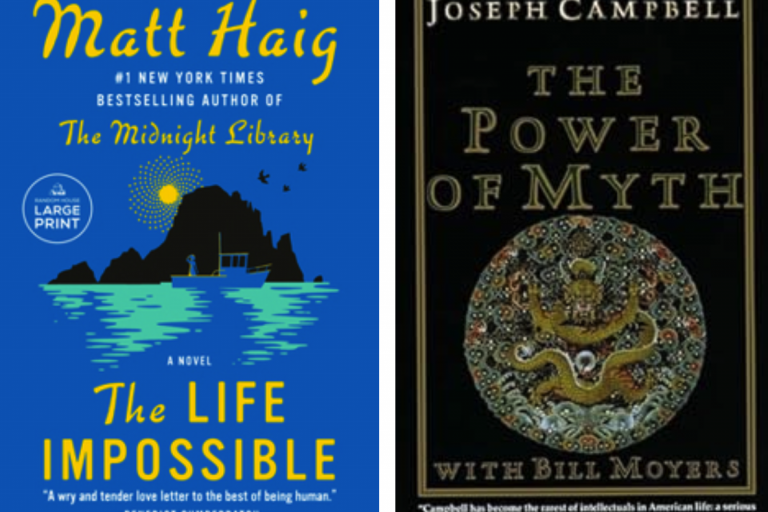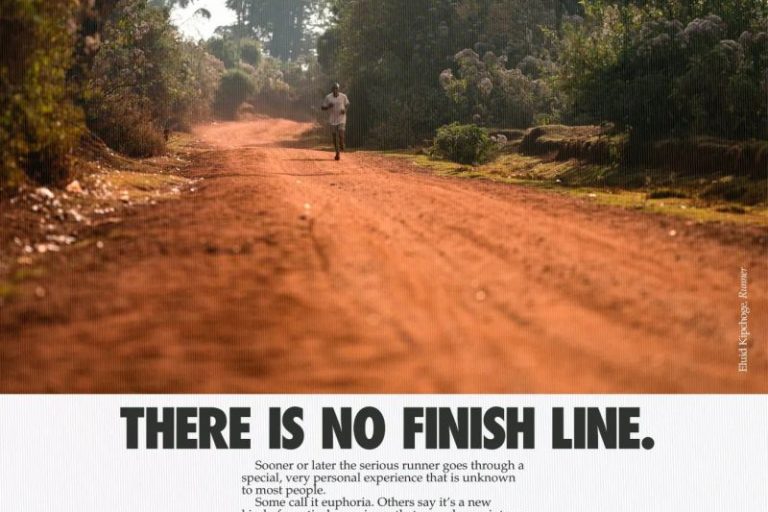Early summer brings me peace. The neighborhood where I live hollows out as residents peel off to their holiday houses by the ocean, in the mountains, or at the lakes. It leaves the parks ensconced in a gentle quiet that allows my mind to wander.
This morning as I watched squirrels rummage through the network of trees I reflected on The Square and The Tower, a book I picked up from the library a couple days ago. Though I’ve not gotten far, it appears to compare the differences in power actuation between hierarchies and networks while challenging assumptions about hierarchical power. Small networks either support or contradict hierarchies and, by focusing his attention, Niall Ferguson teases out the hidden forces that led to major inflection points in Western history that shaped the world we know today.
I’ve also been reading Kayanerenkó:wa, The Great Law of Peace, which provides an alternative lens through which to measure civilization. The great law of peace recognizes the interconnection of all beings and positions the entire network for healthy, long-term survival, not just key members of a reigning hierarchy. What a contrast! The great law of peace bound the Haudenosaunee [Six Nations Iroquois Confederacy] people by providing the tools and framework for resilience and unity.
Williams reminds us that, “Peace is a process, not a state.”
It takes intention and work. Each person and tribe/nation possesses gifts that “creates an asymmetrical confederation, in which each nation has specific authority and obligations.” Bodies, minds, and geographic positioning, all render ways through which tradition gets filtered to best employ those gifts in service to community. It’s a radically different way of observing and reacting through time.
During my walk I thought of the way a forest is networked but non-hierarchical. Humans tend to impose hierarchies when studying nature (and everything else). Whether man is placed at the top or another apex predator, we fail to elevate the importance of silent mycorrhizal networks upon which the entire ecosystem depends. If that were to fail, very little will survive.
Which leads me to the influence of the Siksika on Maslow’s famous hierarchy of needs that supports the networked vision of life. Their society flew in the face of Maslow’s earlier interpretation of survival at the base of an ever-narrowing pyramid that placed self-actualization at the top. Rather than a worm-like existence fighting for dominance over other people, creatures, and land, the Siksika enjoyed a society where self-actualization was the norm. A place where a niita’pitapi–someone who is completely developed, or who has arrived, according to Ryan Heavy Head–is common because we arrive on the planet as self-actualized, sacred divine beings.
Maslow even reoriented himself to the Siksika version of wealth that interpreted a wealthy person not as someone who had amassed money and property but the one most generous. According to Coon (2006): “The wealthiest man in their eyes is one who has almost nothing because he has given it all away.” Community actualization comes from working together to meet basic needs and ensure safety.
Lots to digest on the eve of July 4 as we meditate on the ways this nation fails to support real freedom while allowing us to aspire to ideals that were influenced by the tribes already living those ideals.



